One of the aspects of toddlerhood that always gives me a chuckle is how holidays and celebrations do not have a definitive end. Jingle bells remains in my daughters repertoire of songs throughout the year ; we wish people “Happy Birthday” as if it’s almost synonymous with the words “I love you”. And, in the month of June, my daughter remains fairly certain that an Easter egg or two are yet to be found. On a recent rainy day, I decided to use her desire to scavenge as inspiration for this activity.
Indoor Safari Toddler Activity
What we Used
For binoculars:
Paint
Paint brushes
2 empty toilet paper rolls
String/ ribbon
Hole punch
Glue gun
For the Safari:
Animals – ours were from our Playmobil 123 Arc, a toy I HIGHLY recommend
Hiding places
Sense of adventure
What we did
Before my daughter’s nap, I set down a Bristol board, and together my son, daughter, and I painted the toilet paper rolls (another surprise parenting moment for me was my eleven month old’s understanding that the brush needed to be dipped in paint first, then applied to paper).
While my daughter slept, I glue-gunned the toilet paper rolls together, making them into binoculars. I then punched one hole in each side and strung ribbon through the holes, tying each end inside the binoculars. Then, I glued each knot end against the inside of each binocular so that vision wasn’t obstructed.
Before she woke, I hid animals throughout our family room. When my daughter woke, and I explained the “hunt,” a very exuberant search ensued!
Hope you enjoy this as much as we did!
xo Alana







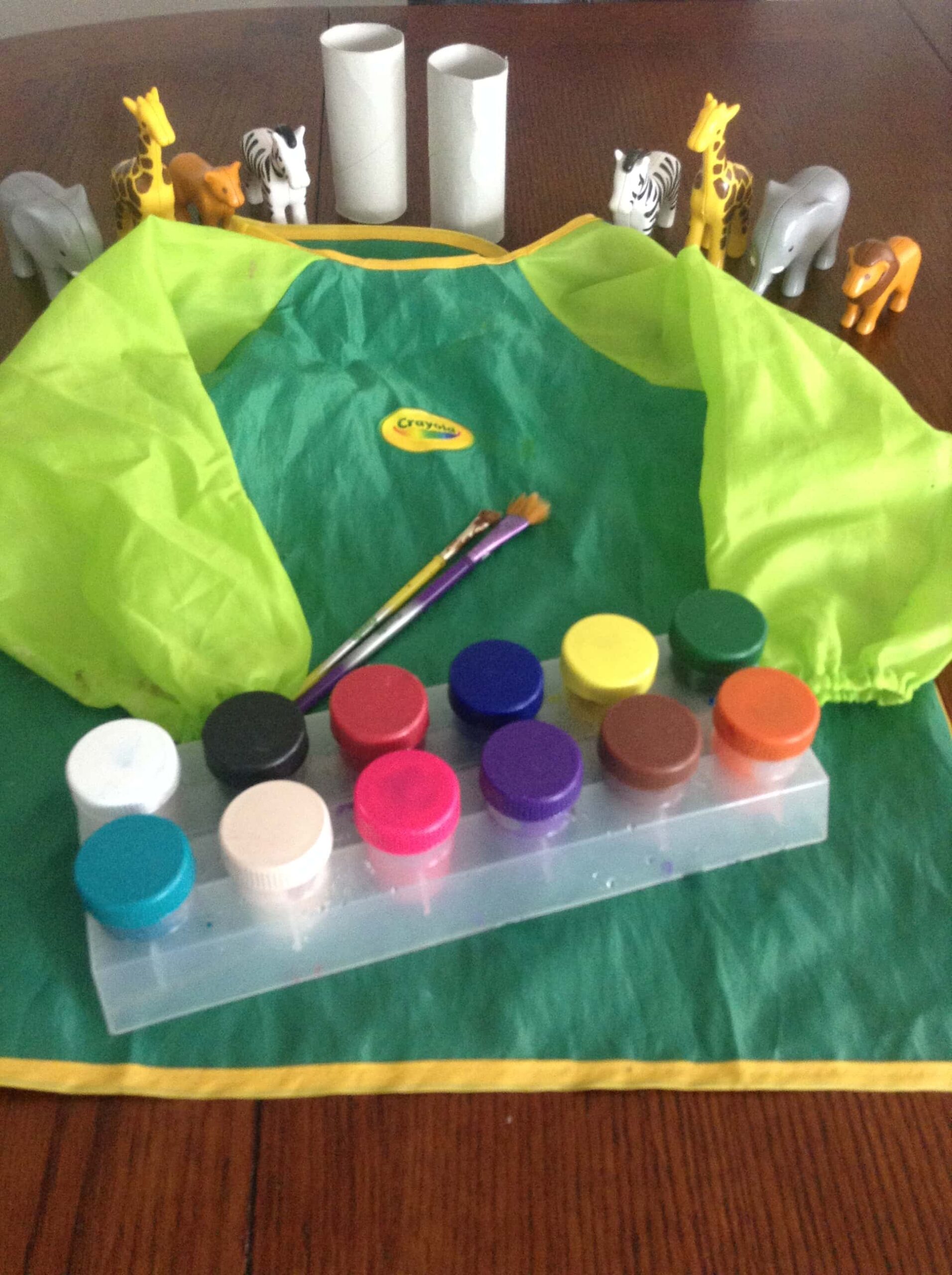
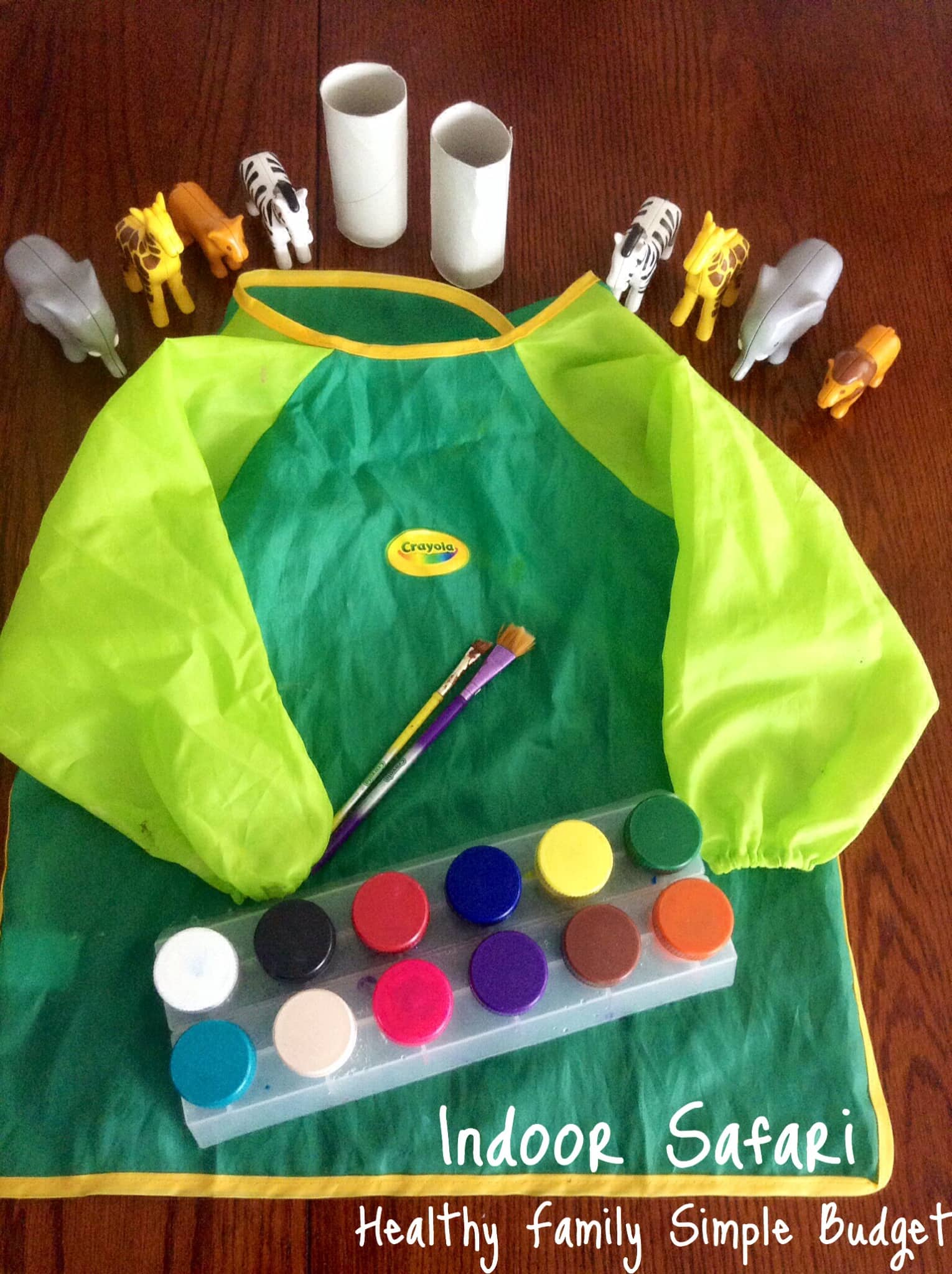
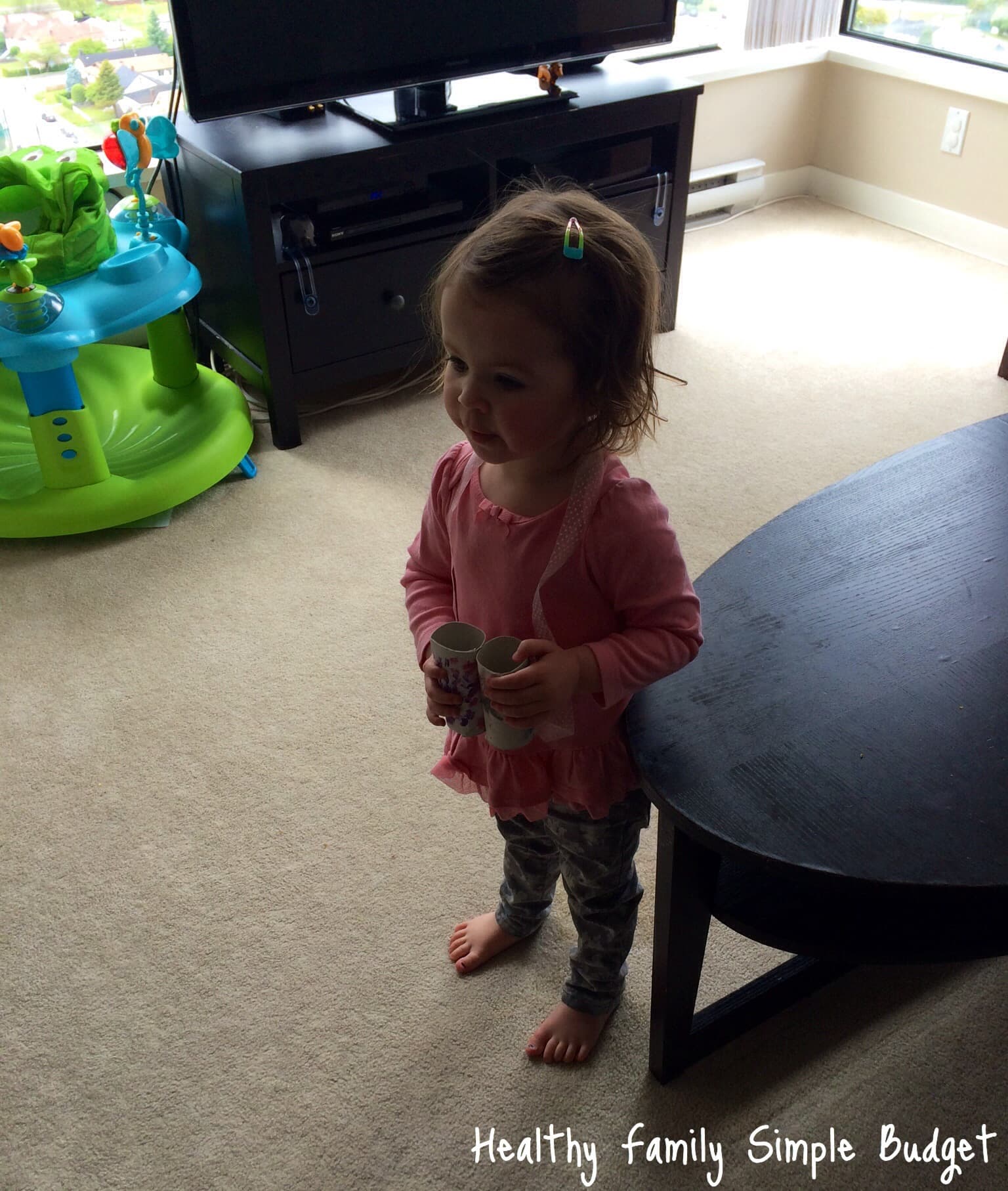
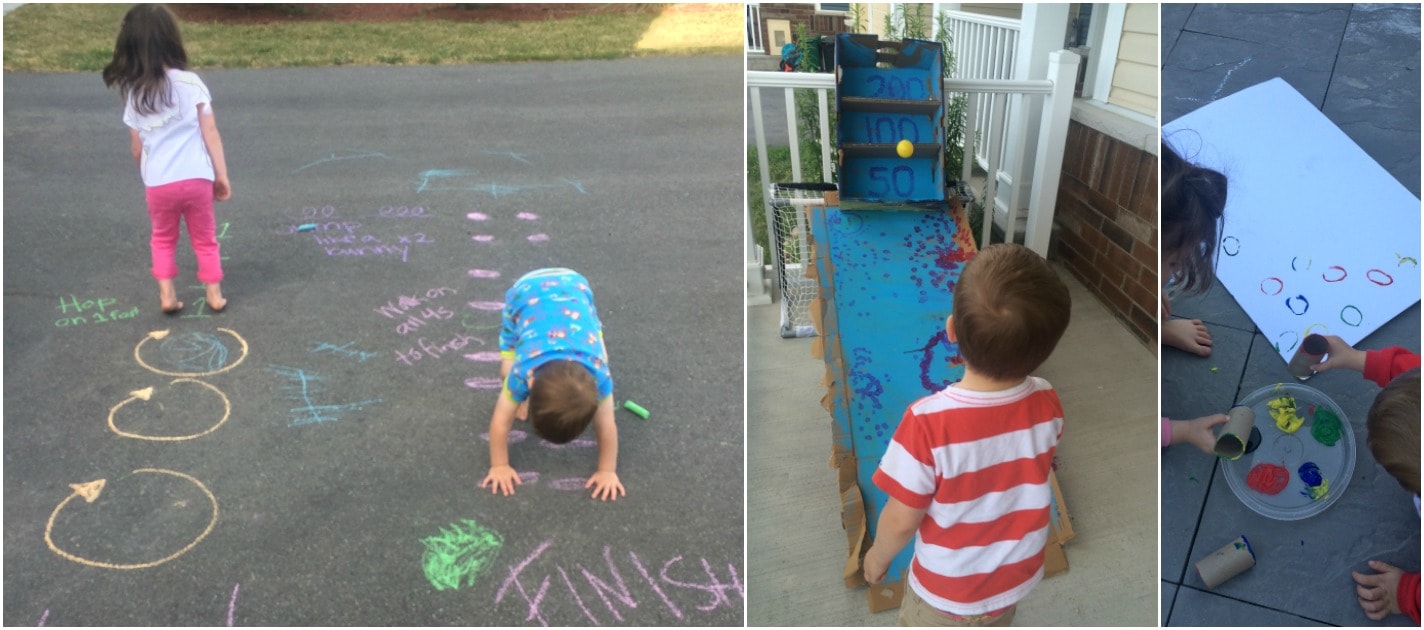
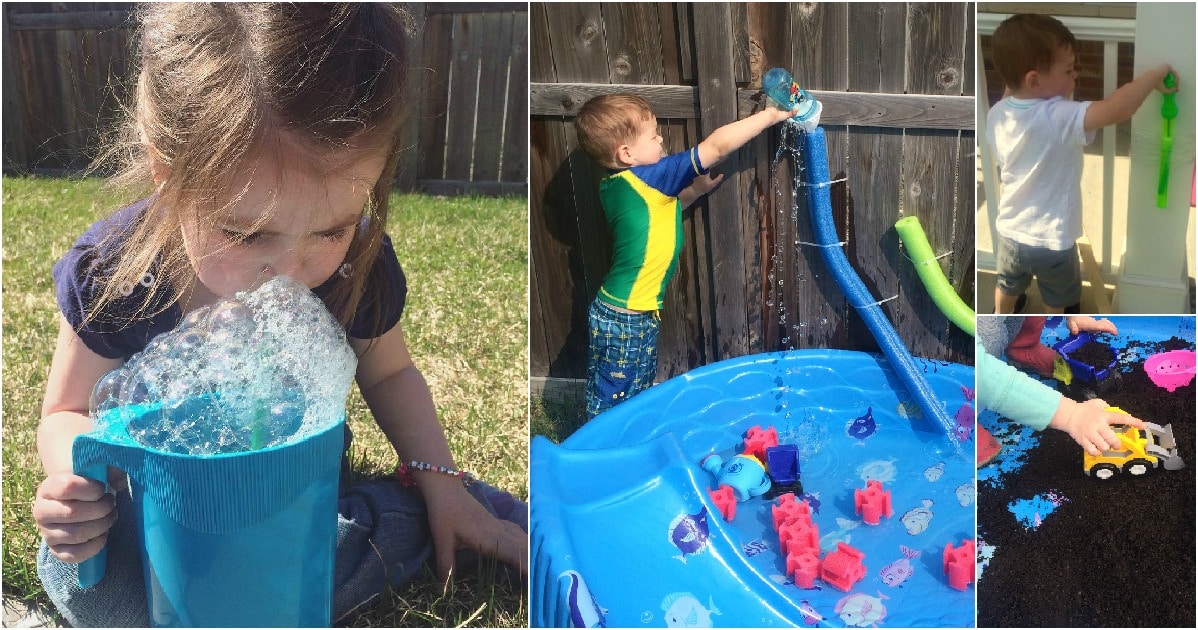

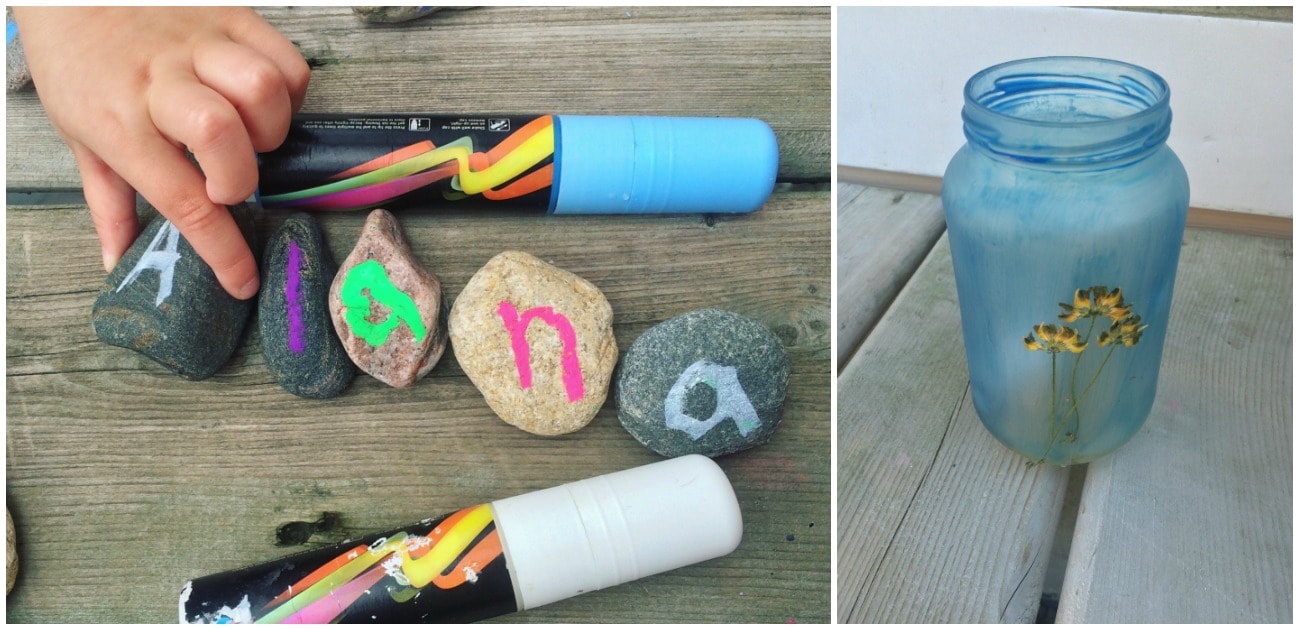
1 comment